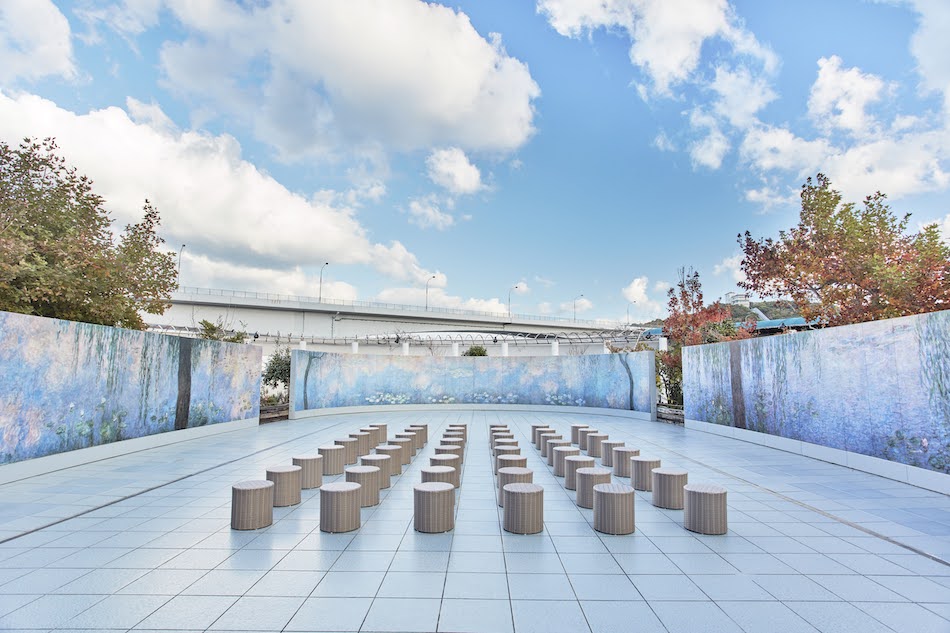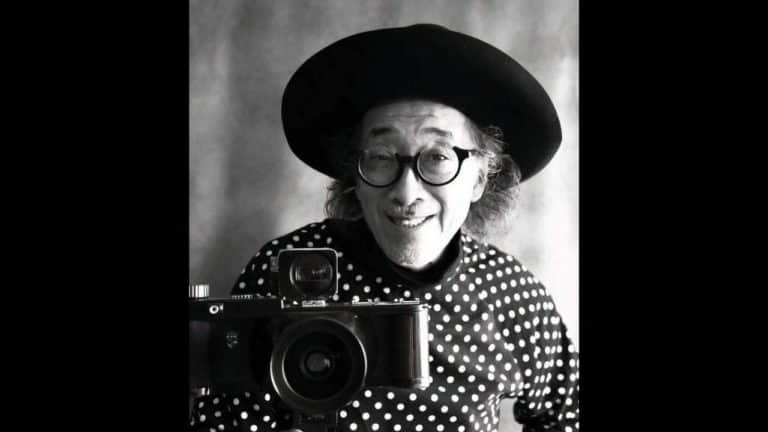Reproduction of Western Masterpieces From Around the World : Otsuka Museum of Art’s Mission and Contribution to the World

The Otsuka Museum of Art, located in Naruto Park in Tokushima Prefecture, attracts many visitors not only from Japan but from all over the world.
This museum exhibits approximately 1,000 masterpieces of Western art from 26 countries around the world, reproduced in full size on ceramic plates. The ceramic plates used to create the masterpieces are fired at a high temperature of approximately 1,300 degrees, so they will last for 2,000 years without worrying about discoloration. Therefore, you can even touch the many masterpieces on display. Each masterpiece has been reproduced with permission from the museum that owns it, and it is astonishing to see how detailed the artist’s touch and the way the paint swells have been reproduced.

The Otsuka Museum of Art’s efforts include viewing these world masterpieces up close, as if holding them in your hands, but they also restore lost masterpieces and altarpieces, and examine the differences between before and after restoration. In many cases, the museum has greatly contributed to important points in the history of art, such as having an exhibition room where you can compare and appreciate actual exhibits.
The Otsuka Museum of Art also has a restored altar screen from El Greco’s Doña Maria de Aragon Academy. Unfortunately, the original screen was destroyed during the Napoleonic Wars in the early 19th century. The six altarpieces have been scattered, and five of them – The Annunciation, The Baptism of Christ, The Crucifixion, The Resurrection of Christ, and The Descent of the Holy Spirit – are currently in the collection of the Prado Museum in Spain. However, since Adoration of the Shepherds is housed in the Romanian National Museum, it is impossible to see the actual work all at once. However, at the Otsuka Museum of Art, this altarpiece has been restored to its original size and is displayed as El Greco painted it in his mature years.

The display of Van Gogh’s “Sunflowers” is also wonderful. Van Gogh is also known to have painted seven paintings of Sunflowers in a Vase. The six existing pieces are housed in the following museums, etc.
Neue Pinakothek (Germany), National Gallery (UK), SOMPO Art Museum (Japan), Philadelphia Museum of Art (USA), Van Gogh Museum (Netherlands), one piece in private collection.
The work known as the “Phantom Sunflower” was destroyed in an air raid that hit Ashiya City, Hyogo Prefecture in 1945, and the only thing that tells of its appearance is the “Cézanne and Van Gogh’s Art Book” that was left behind. At the Otsuka Museum of Art, in cooperation with Saneatsu Mushanokoji Memorial Museum in Tokyo, they have accurately recreated the phantom Sunflower based on the existing art book, and here you can see all seven works in one place.


The Last Supper, which Leonardo da Vinci painted in tempera on the wall of a monastery, is known around the world for having undergone extensive restoration over a long period of time. At the Otsuka Museum of Art, two versions of The Last Supper are on display, one before and one after restoration, so you can compare the differences between them.

It is wonderful that a Japanese company is making such a major contribution to the history of art. The Otsuka Museum of Art, which opened to commemorate the 75th anniversary of the founding of the Otsuka Group, celebrated its 25th anniversary on March 21, 2023. The world-famous paintings recreated using Otsuka Ohmi Ceramics Co., Ltd.’s special techniques will continue to fascinate people around the world. I want the world to learn more about the contributions of Japanese companies too.
Read also,









